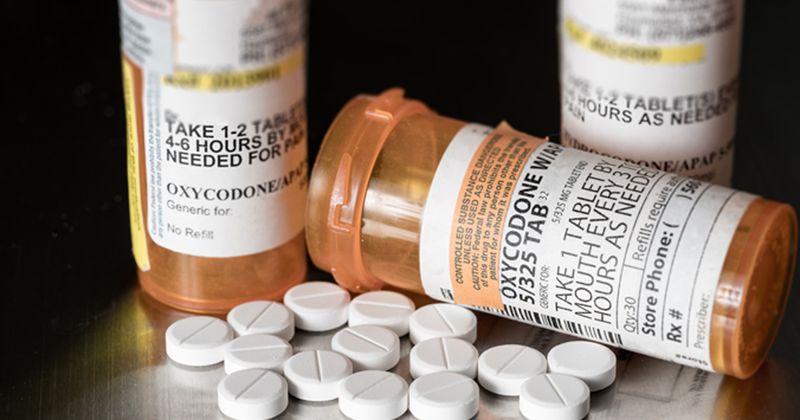Opioid prescriptions following Mohs surgery decreasing
Prescriptions for opioids following Mohs micrographic surgery have declined in recent years, suggesting patients and surgeons are responding to concerns regarding the opioid epidemic, according to a study.
“It has been demonstrated that even short courses of opioids may significantly increase addiction risk,” Surya A. Veerabagu, BA, of the Tulane University School of Medicine in New Orleans, and colleagues wrote. “Despite evidence that nonopioid analgesics control pain after Mohs micrographic surgery (MMS) and consensus recommendations to reserve opioids as a second-line treatment for post-surgery pain, 15.5% to 58% of patients still receive an opioid prescription after MMS of conventional excisions.”

Researchers conducted a cross-sectional study of insurance database claims and included patients aged 18 years and older who had MMS from 2009 to 2020.
Of 358,012 patients who received MMS, 93,046 (26%) had a corresponding opioid claim. Between 2009 and 2011 opioid claims rose from an annual rate of 34.6% to 39.6%, however after 2011, the annual rate decreased gradually to a rate of 11.7% in 2020.
The types of opioids prescribed also changed over the study period. Hydrocodone, codeine, oxycodone and tramadol were the most prescribed opioid drugs overall, with hydrocodone encompassing 47.5% of prescriptions in 2009 and 67.1% of prescriptions in 2011. By 2020 hydrocodone dropped to 45.4% of prescriptions, an overall decrease of 21.7% and a percentage decrease of 30.6% since 2011. Tramadol increased 26.3%, from 1.6% of prescriptions in 2009 to 27.9% of prescriptions in 2020.
Propoxyphene, which was recalled by the FDA in 2011, was 28% of prescriptions in 2009 and 24.5% in 2010.
“Dermatologists should continue to conservatively prescribe opioids when necessary, using clinician judgement in each individualized situation and using over-the-counter and alternative medications as first-line analgesics whenever possible,” the authors wrote.










